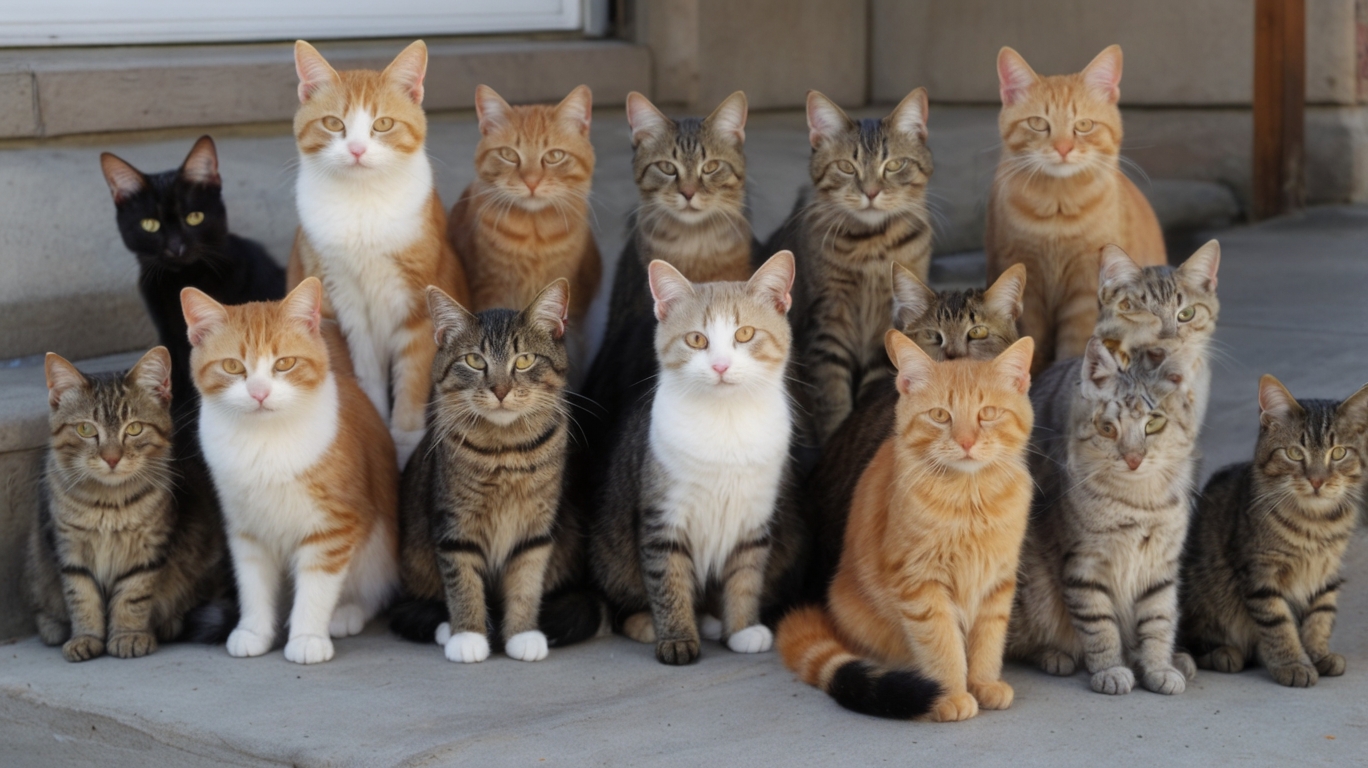Trap-Neuter-Return: A Humane Approach to Community Cat Management
How TNR programs are helping control feral cat populations while improving their quality of life.


What is Trap-Neuter-Return?
Trap-Neuter-Return (TNR) is a humane and effective approach for managing community cat populations. This method involves trapping feral cats, having them neutered/spayed, vaccinated, ear-tipped for identification, and then returning them to their original location.
TNR has proven to be more effective than trap-and-remove or trap-and-euthanize approaches, which create a "vacuum effect" where new cats move into the territory and reproduce.

Community cats often form colonies in urban environments
Benefits of TNR Programs
TNR programs benefit communities by stabilizing cat populations, reducing nuisance behaviors associated with mating (like fighting and yowling), and improving the health and welfare of the cats themselves. Many cities have implemented TNR programs and seen significant reductions in shelter intake and euthanasia rates.
The TNR Process
The process begins with humane trapping using specialized traps that don't harm the cats. Once trapped, cats are taken to a veterinarian or clinic where they're examined, spayed or neutered, vaccinated against rabies, and ear-tipped (the universal symbol of a sterilized feral cat).

Professional Veterinary Care
Veterinary professionals play a crucial role in TNR programs, providing essential medical care including spay/neuter surgeries, vaccinations, and treatment for common illnesses and injuries.
After recovery, cats are returned to their original location where caretakers often provide food, water, and shelter.
Community Involvement
TNR programs rely heavily on community involvement, including volunteer trappers, transporters, and colony caretakers. Many organizations offer training and resources for those interested in helping with TNR efforts in their communities.
Proven Results
Research has shown that TNR, when implemented properly, can reduce feral cat populations by as much as 30% over time, while improving the quality of life for the cats and reducing community complaints.

Dr. Michael Chen
Veterinarian & TNR Advocate
Dr. Michael Chen has been practicing veterinary medicine for over 15 years with a special focus on community cat programs. He has performed thousands of spay/neuter surgeries for TNR programs and regularly advocates for humane population control methods at veterinary conferences nationwide.